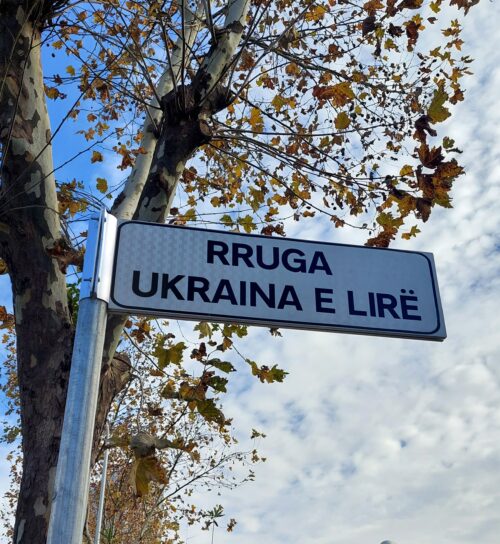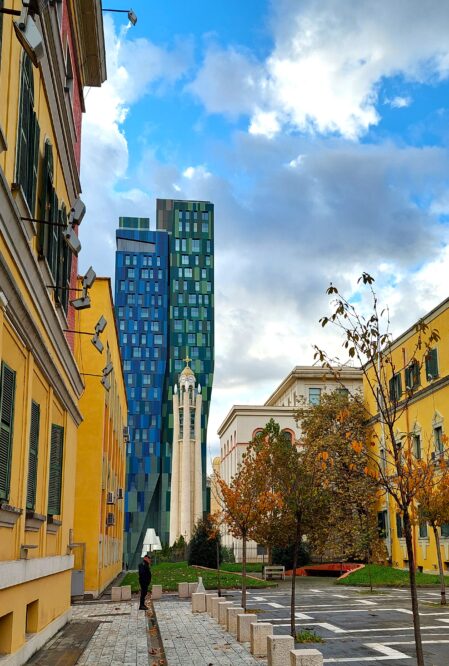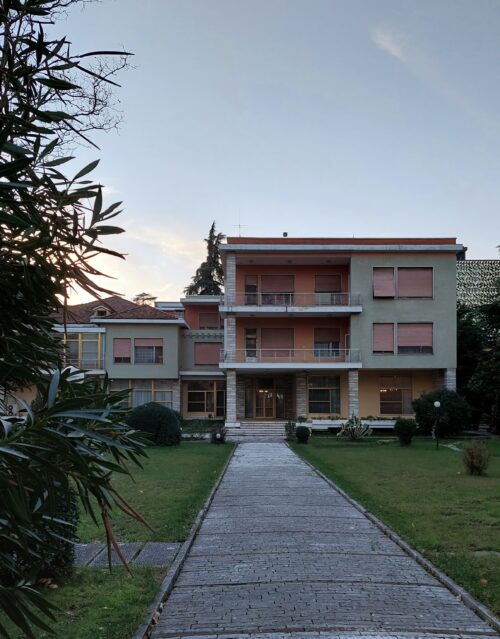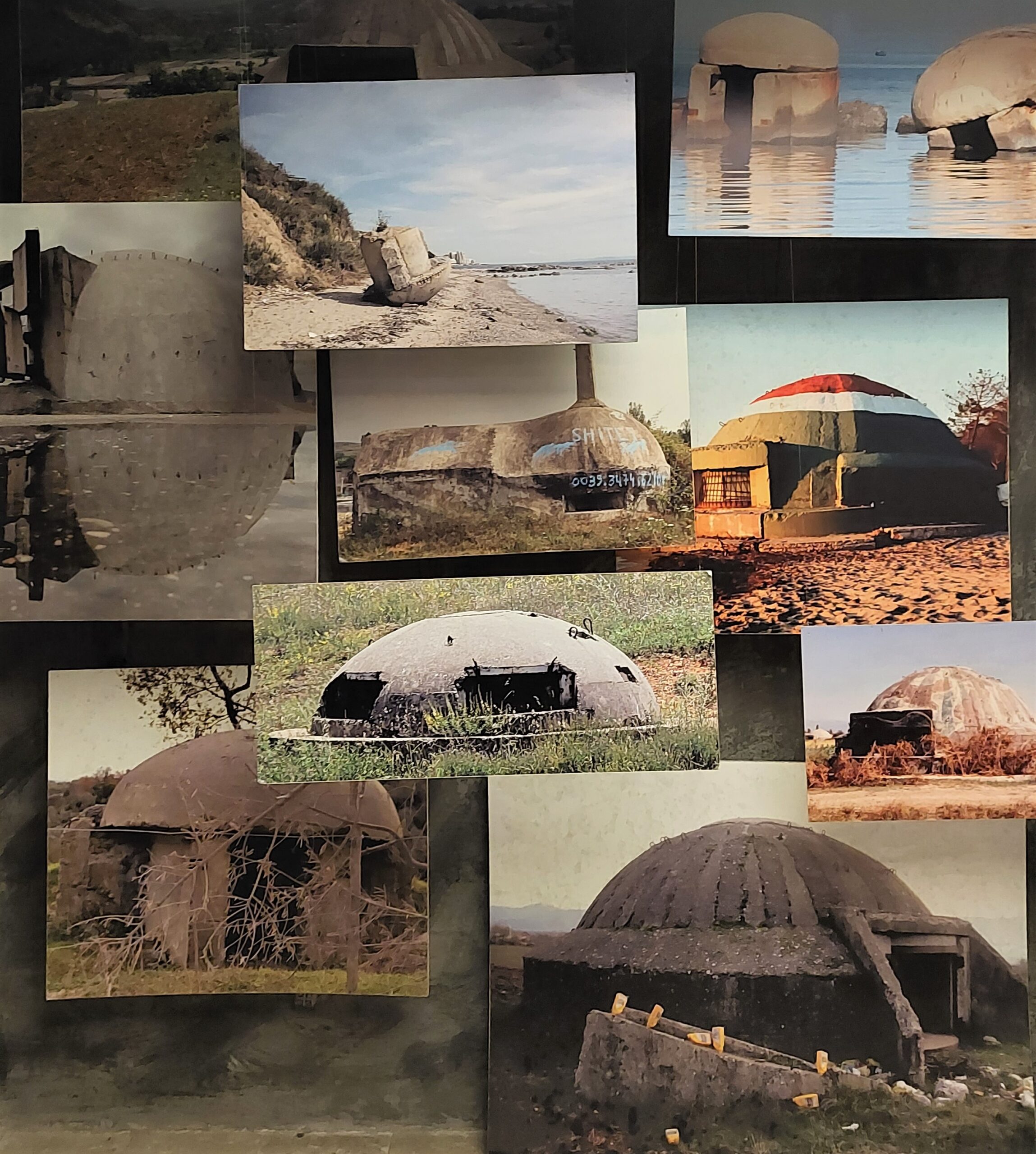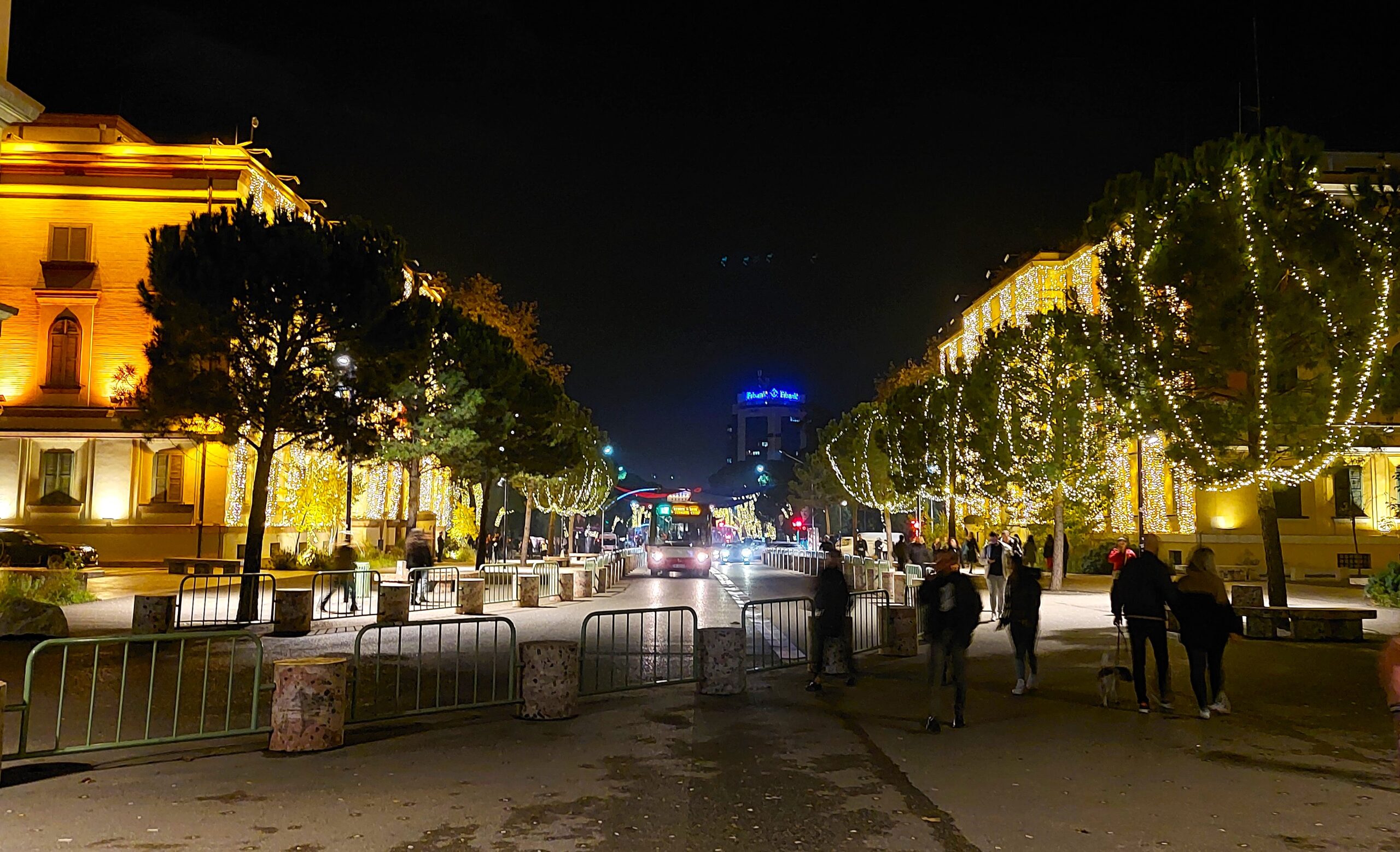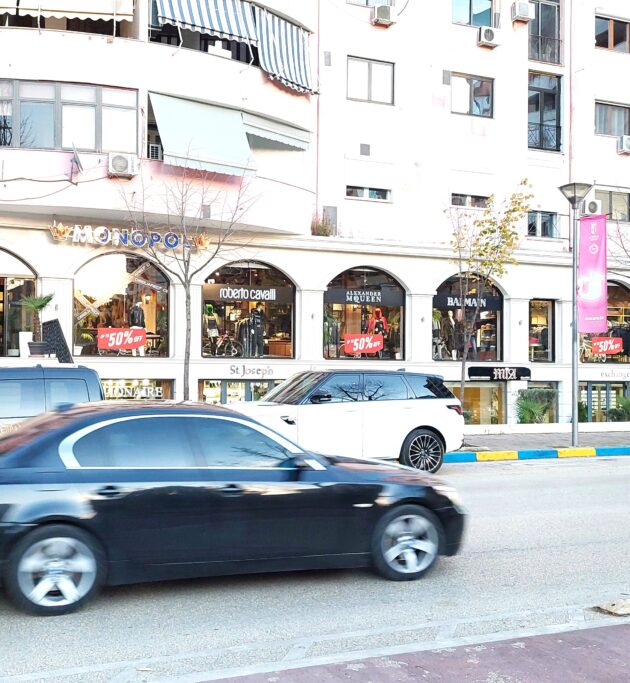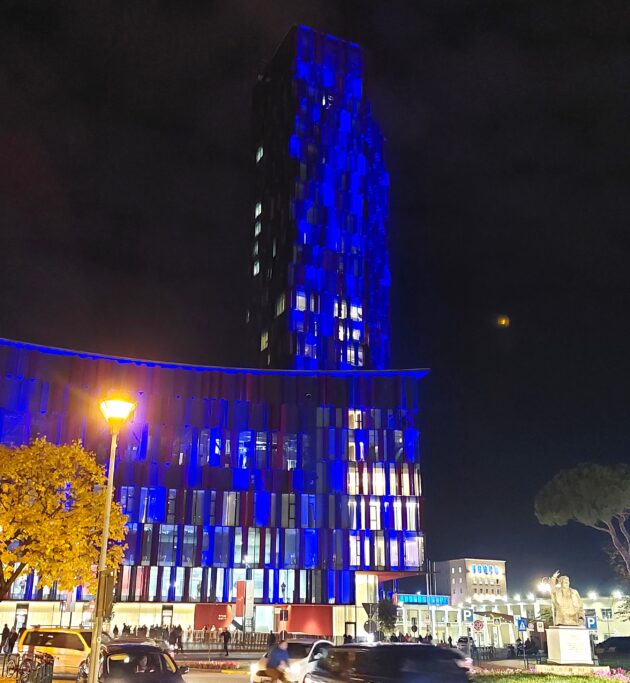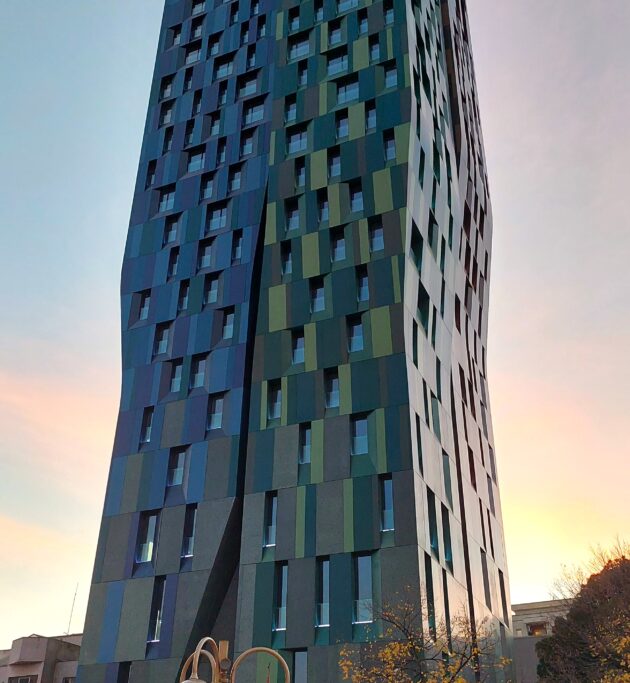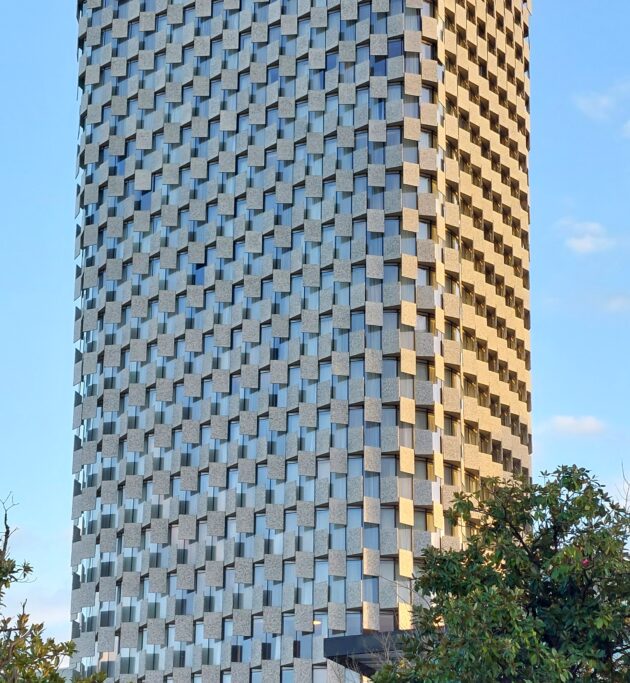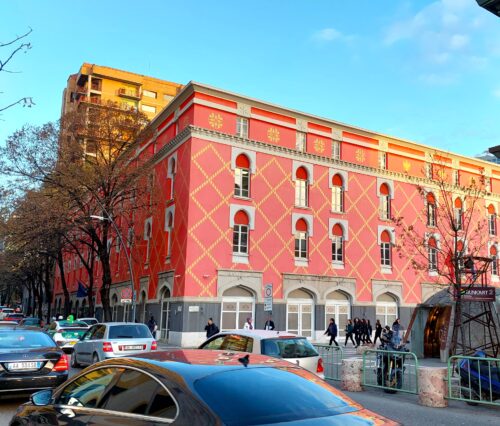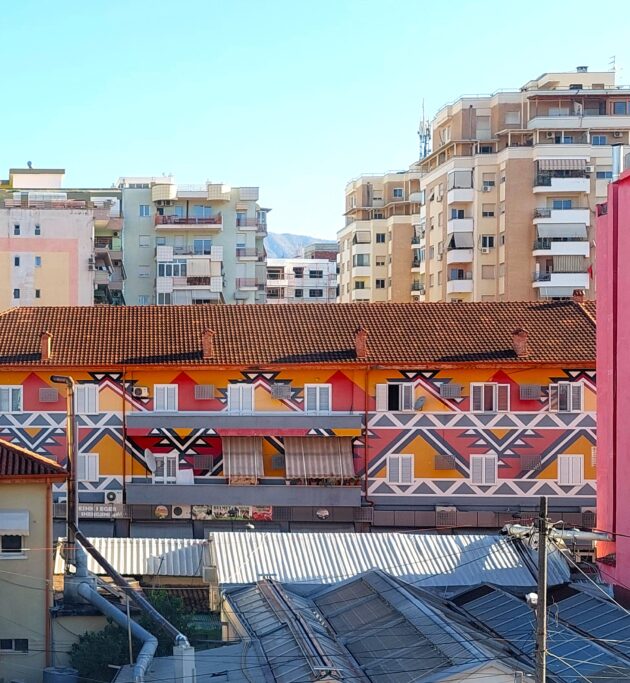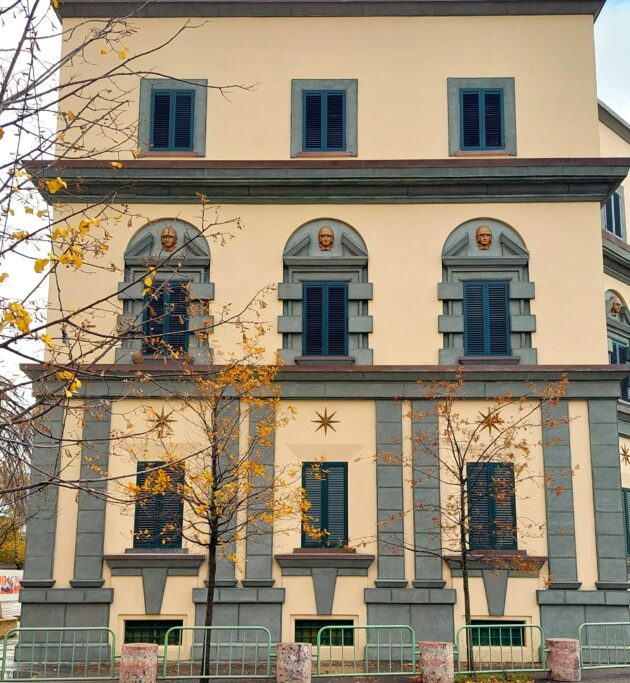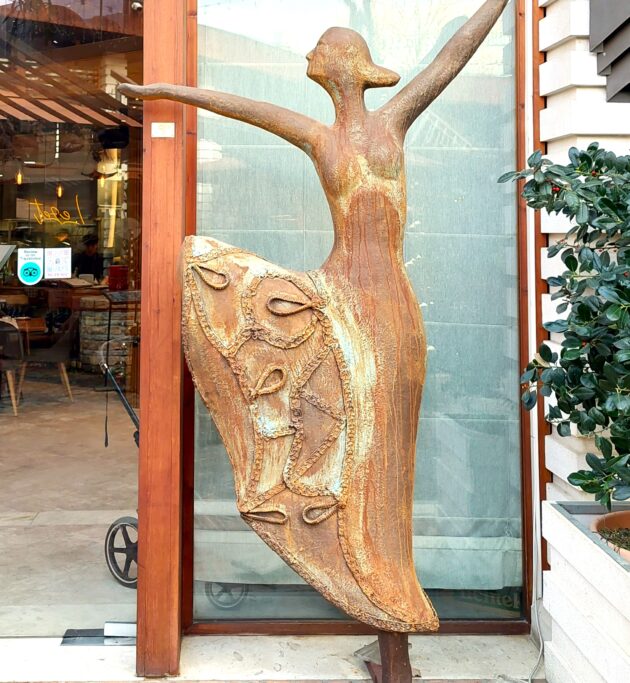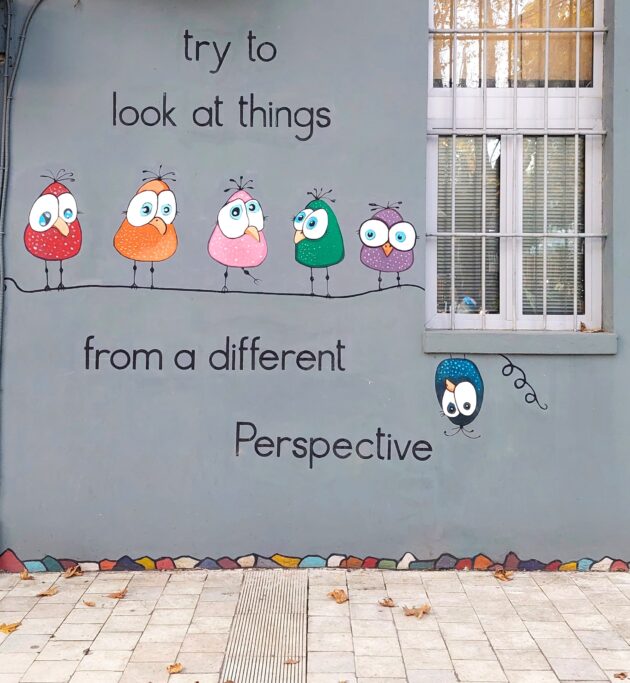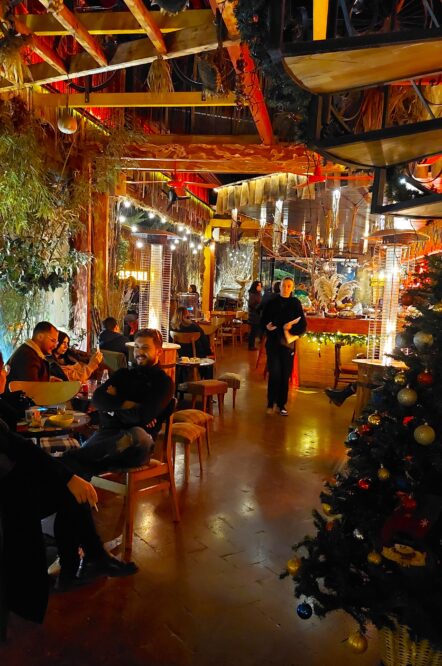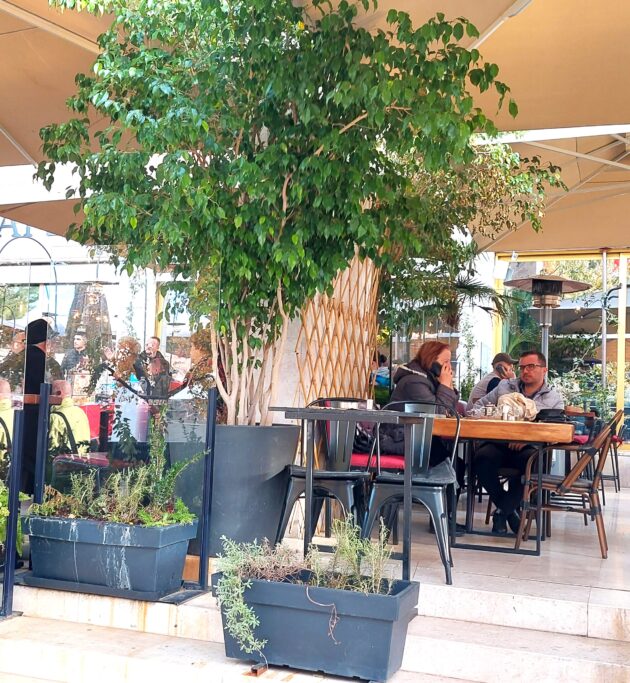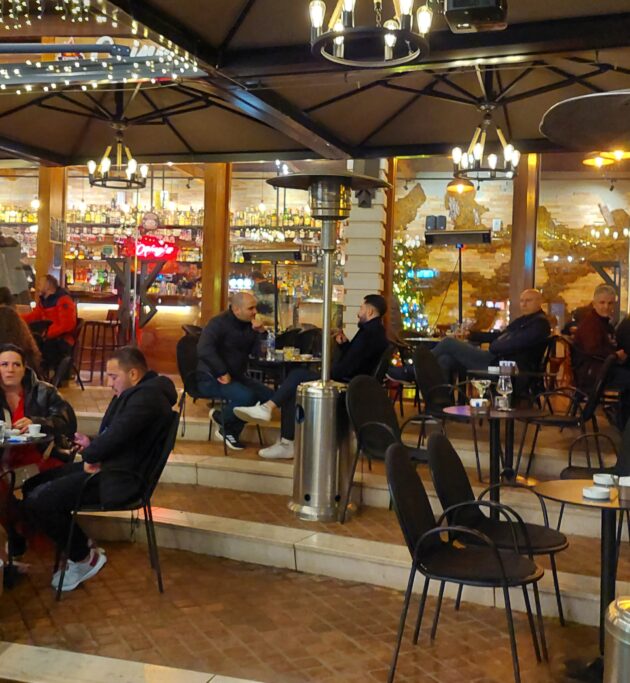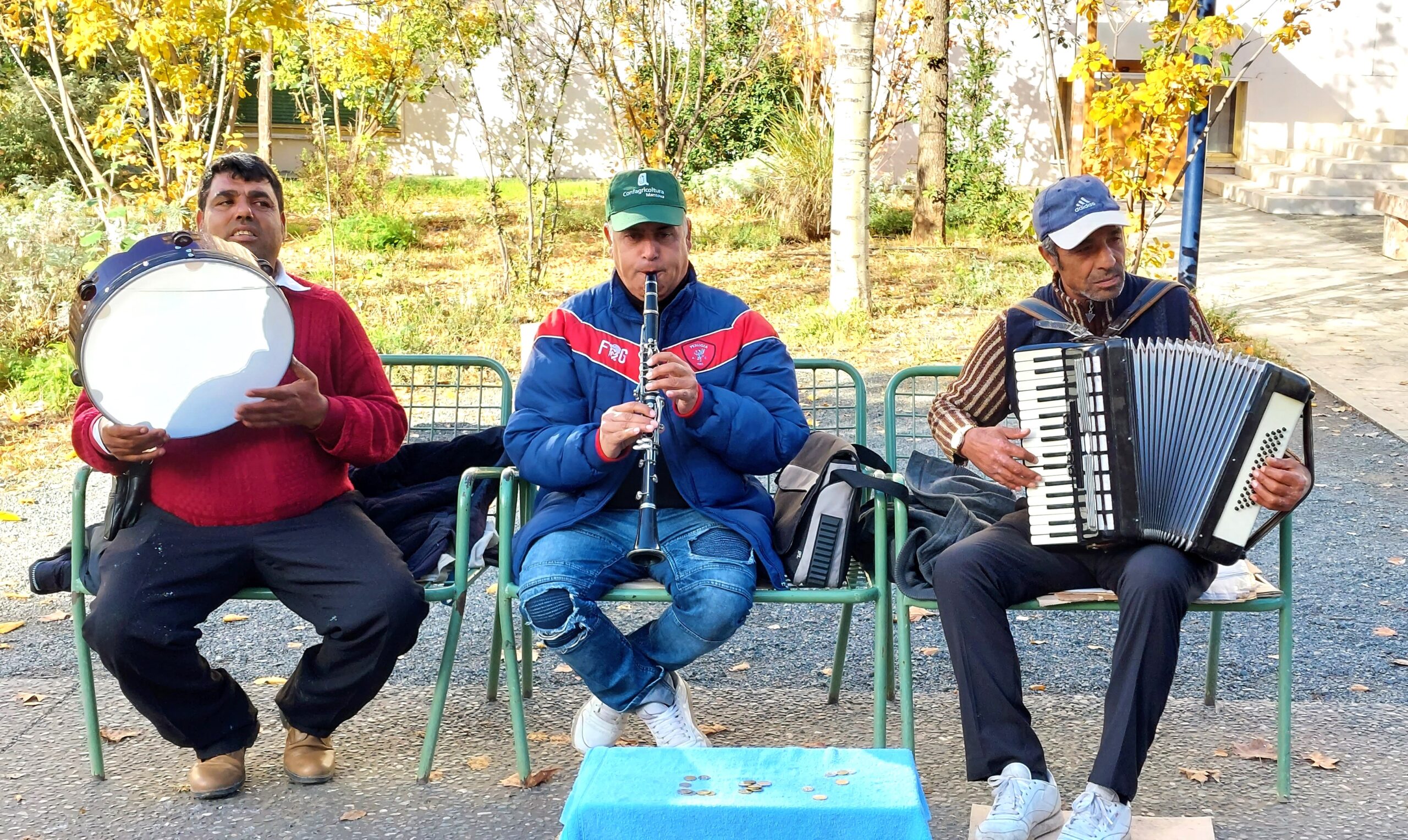Why Albania, you ask?
Followers of our travels will, perhaps, recall that we head down the less travelled roads to find our treasures and, let’s be frank, we find those travels fascinating and almost always entirely different than one’s pre-conceptions.
However Rick Stein’s brief stop in Albania whetted our appetite (quite literally) and listening to their PM Edi Rama on “The Rest is Politics” podcast confirmed that despite a terrible history and a mountain of woes to redress, this was a fine time to go see.
Oh, and they recently renamed the Russian Embassy’s location
to “Free Ukraine St.”
So a short, 4-day, reconnoitre was in order.
The Past
Of course, Tirana has experienced many huge ebbs and flows during the C20th and this is reflected in four distinct architectures in the city.
As ever in this part of Europe, the Ottomans held sway for ages and built some gorgeous buildings (some of which survived the Communists) and then the Italians followed between the wars. Many of the government buildings and roads date from that period and have very handsome facades.
The subsequent half-decade of communist design did not prettify the city.
Even the house of the monstrous First Secretary, Enver Hoxha, was a rather miserable building.
Set in the exclusive Block area – now the location for funky bars and great restaurants, designer shops and smart apartment buildings.
Hopefully he is spinning in his grave.
We visited the notorious House of Leaves (the centre of the security services) which very clearly showed the extent of the oppression and paranoia – Hoxha and co thought that Stalin and Mao were a bit wishy-washy in their socialist dogma and its application. This led to an absolute isolationism that makes N Korea look positively benign.
We also descended into Hoxha’s huge nuclear bunker (see header), wherein he and the chosen few were to be protected, to re-emerge and resume their governance …….but of whom?
He also had one bunker built for every 11 residents of the country.
Now a Good-looking City
If one’s idea of the Albanian capital is the header picture alongside run-down people and buildings – that image is very out-of-date.
The countryside and its villages are still suffering from a long period of under-development, isolationism and the scars of collective farming – hence the flow of migrants encouraged west by those ever-present gangs of many nationalities
However the capital is starting to bubble with hope and optimism –
Various groups across Europe argue to exit the EU, but many more see the virtue of an albeit-not-perfect community.
While we were there, the EU’s chiefs arrived for a formal accession ceremony for Albania.
Mr Rama
The current, 3-term, PM Edi Rama has had a colourful career. An international-level basketball player; then an accomplished artist working in Paris, he returned to Tirana when his father died. Whilst there he was offered the post of Minister of Culture and subsequently was elected mayor of the city. One of his first innovations was to have the communist drab landscape painted with vibrant colours (now weathered to slightly less extreme shades) and the government buildings returned to their original ochres.
This transformation helped raise the city’s spirits and optimism and helped distance the hideous near-past.
Walking artound Tirana is a pleasure. It’s a small, safe city full of surprises with lots of green space, museums of the past eras as well as many art installations and a huge number of excellent restaurants, bars and cafes.
It is the only capital city in Europe with no McDonald’s!
A fast food option in Tirana is grilled kofte kebabs, a fine salad and a beer. There’s also a huge culinary influence from the country’s neighbours of Greece and Italy.
But the biggest discovery was the warmth and hospitality of Tirana’s inhabitants – smart, good-looking and optimistic people and a city of which they’re now proud.
They won our hearts and we now have an earnest wish to go back and explore the country further.



